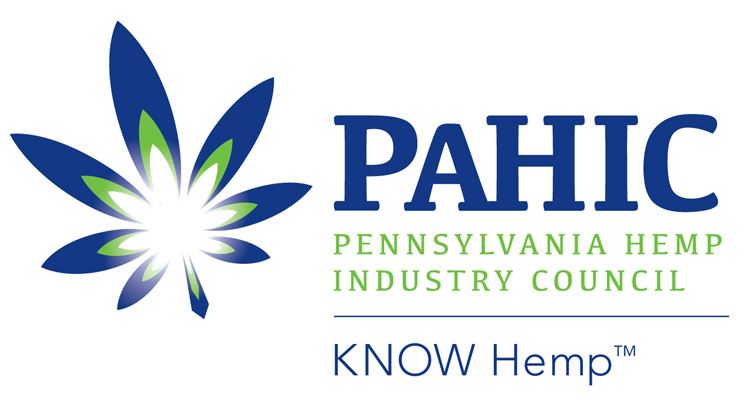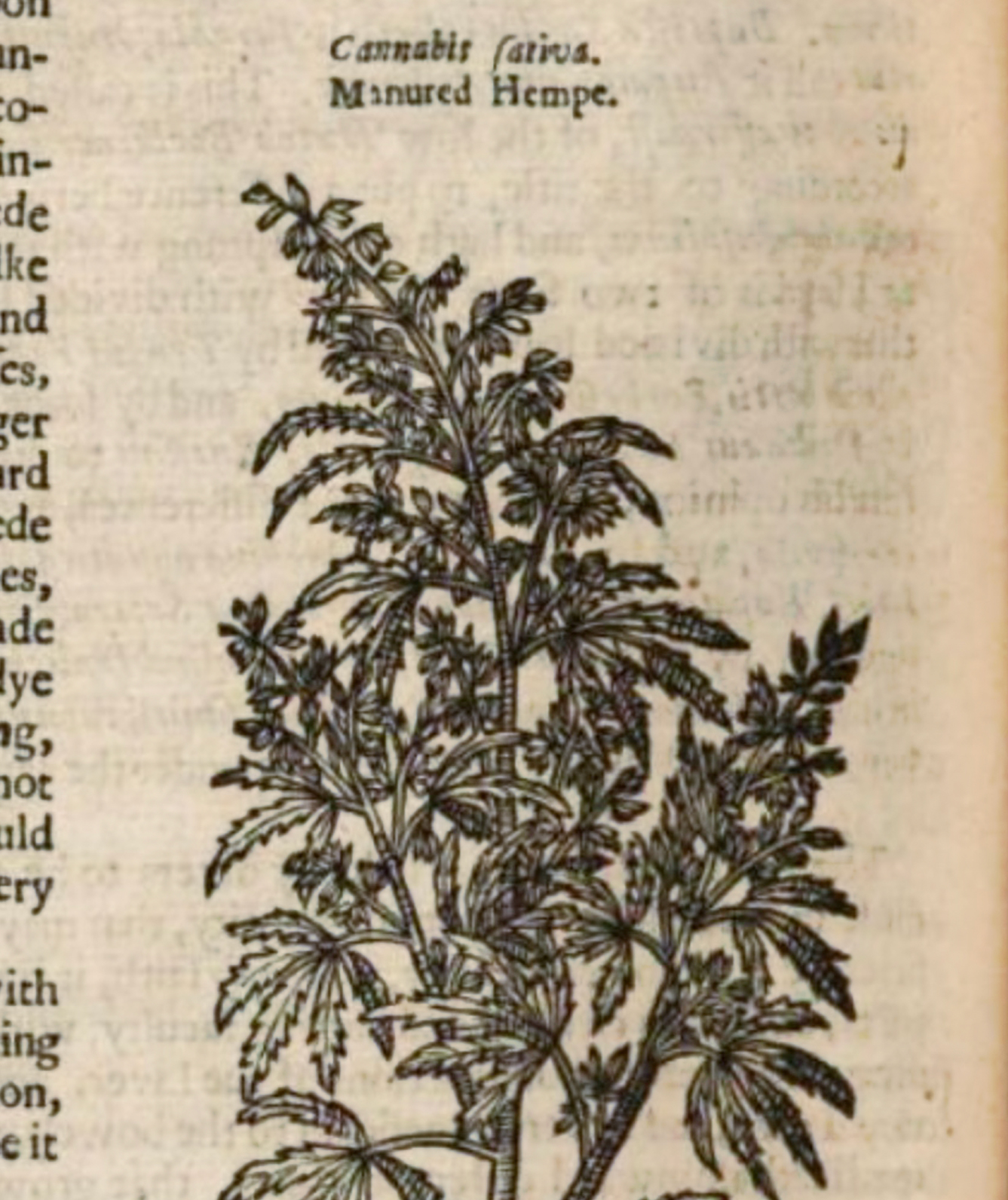Hemp History
Hemp and humans have been together a long time. For at least 10,000 years civilizations have relied on hemp for clothing, rope, sails, paper, and medicine. For most of recorded history hemp was taken for granted as the primary source for industrial fiber, all the way up to the 1930’s when hundreds of thousands of acres of industrial hemp were farmed in the US.
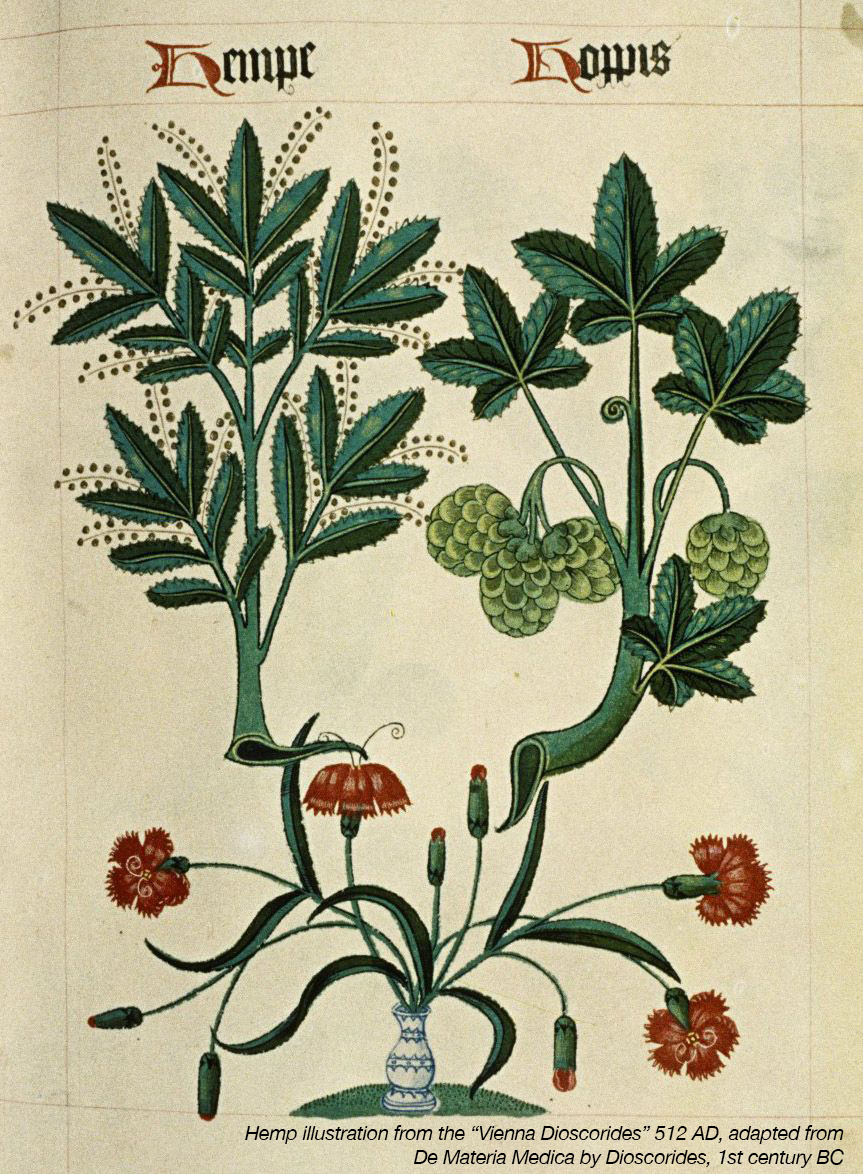
10,000 Years of Hemp
Hemp is an unusually versatile fiber suited for a near-universal range of applications. Prior to the mid-19th century, hemp was a fundamental component of civilization, used for at least 10,000 years by mankind for clothing, textiles, paper, rope, netting, and nautical sails. Most ships at sea from 500 BC until the mid-19th century used hemp sails, ropes and a tar-like hemp byproduct called oakum for waterproofing. Merchant ships prior to the steamship era in the late 19th century required hundreds of tons of hemp fiber per vessel. In cases too numerous to mention, emperors and kings throughout time decreed that farmers must reserve some portion of their fields for hemp; in 12th-century England farmers who failed to do so were fined.
For most of the history of civilization, hemp was essentially “in everything.” Even your favorite old masters’ paintings are painted on hemp canvas—the word “canvas” itself is taken from the Greek kannabis. In national museums, under those layers of varnish, highlights, base, and primer, lies the essential fiber of mankind.
Hemp in America
In the United States hemp was grown from the time of the first colonists until the mid-19th century, and was processed for paper, rope, twine and fabrics both fine and coarse. Jefferson and Washington grew hemp, as all colonial farmers were required to do. By the 1890s, industrial processing equipment made cotton a cheaper alternative to hemp for textiles. At the same time, German paper making technology which used chemically processed wood pulp began replacing hemp, which had been the world’s main paper source for millennia. In 1938, drawing no distinction between variants grown for narcotics and those bred for fiber, the US and Canada made cannabis sativa L illegal to grow or possess. Despite outcry from farmers and the medical industry, and sentiments like those expressed in a Popular Mechanics article from that same year hailing hemp as America’s “first billion dollar crop,” the industry was closed down. In 1942 the US government reversed course and encouraged farmers to grow over 150,000 acres of hemp for the war effort, but after 1948 the industry was quietly, and completely, shuttered. Even researching the fibers and their applications became illegal in North America.
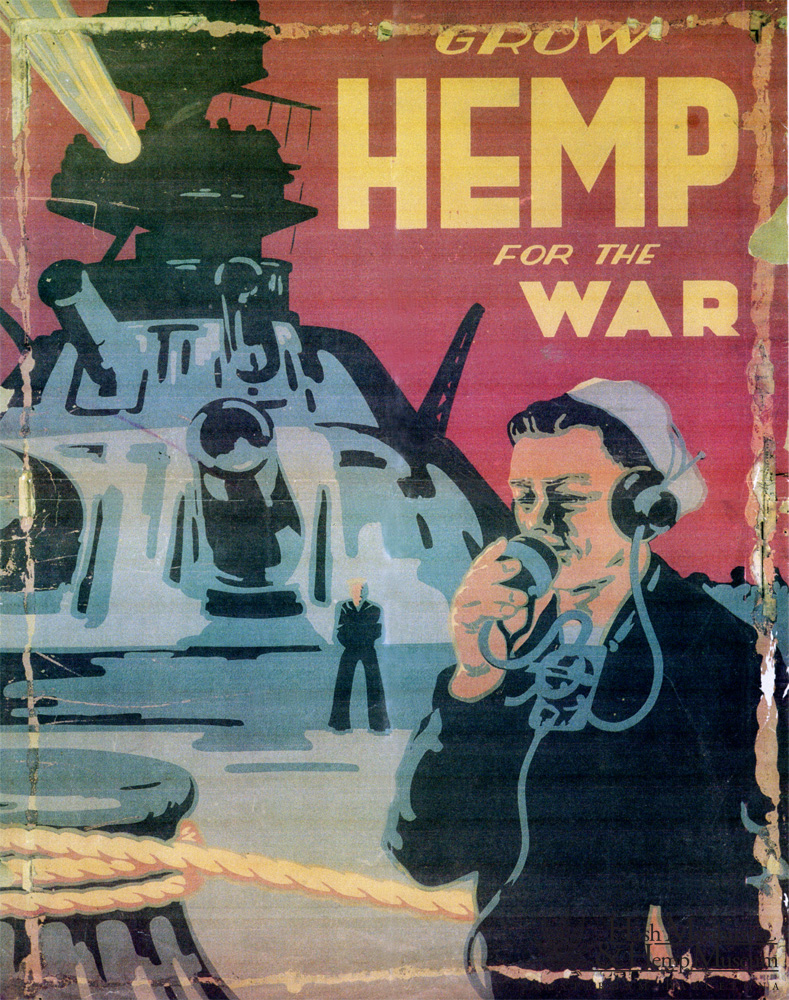
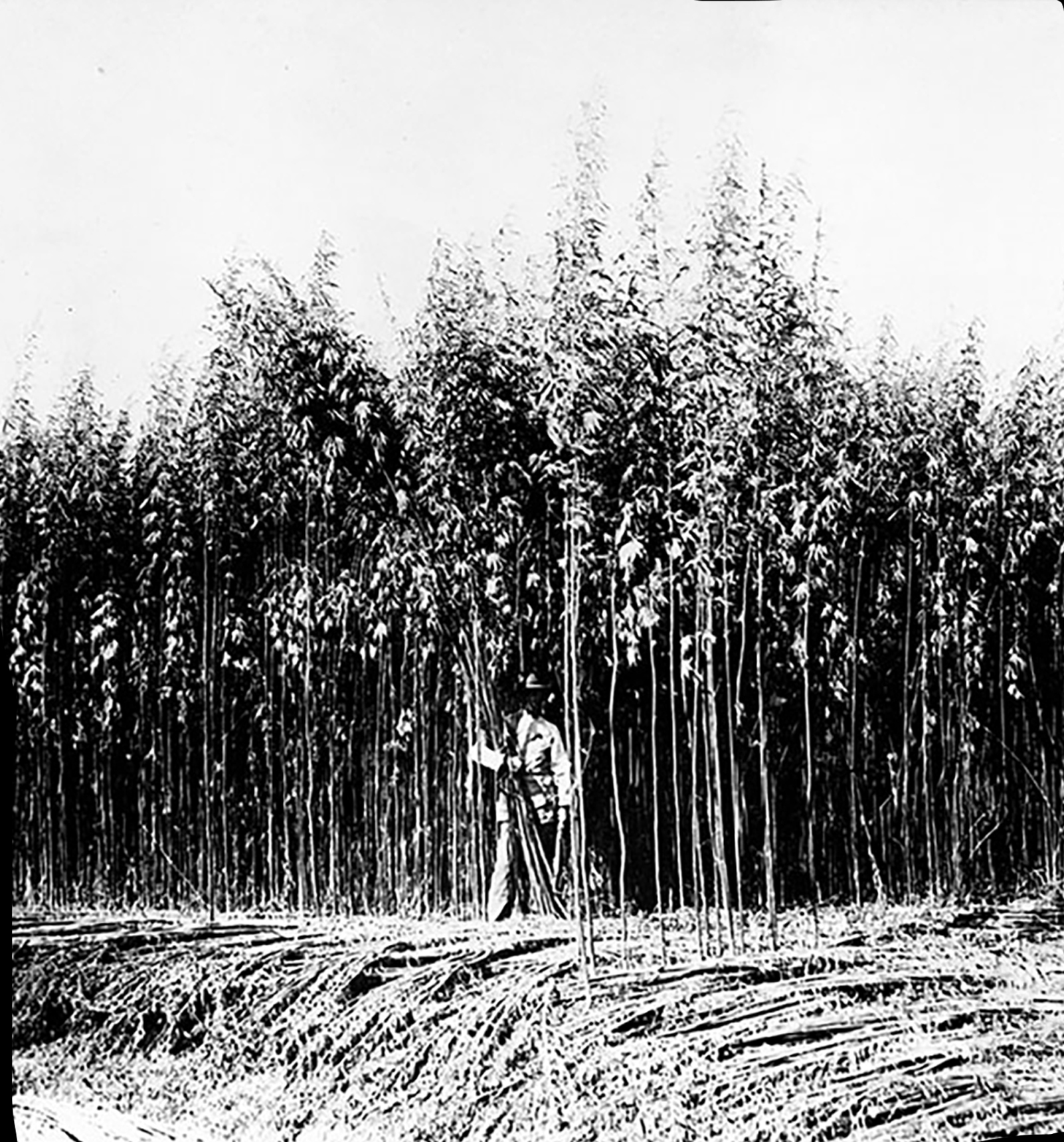
Hemp from 1948 to the Present
After prohibition in the US, hemp continued to be grown and processed for fiber in countries where it was never prohibited, namely China, France, and a handful of other European nations, but US influence, and the advent of petrochemical fibers like rayon and polyester, prohibited any real resurgence of industry until the 1980s when Europe began offering subsidies to hemp farmers. Consequently, a multi-billion industry has grown there, based upon hemp fibers for construction, car parts and paper.
The US is the largest importer of hemp products, though fewer than 50,000 acres of the crop are grown within its borders. Of that, fewer than 10,000 acres are grown for fiber. France, China and North Korea are the largest producers of hemp; Canada is a major exporter of hemp seeds to the US for oils, food and self-care. In total 47 countries cultivate hemp for commercial or research purposes. It’s estimated more than 300,000 acres of hemp are cultivated worldwide.
Created in part with a grant from the Pennsylvania Department of Agriculture
Join PAHIC and benefit from resources, knowledge and a community dedicated to the ongoing success of industrial hemp in Pennsylvania.
